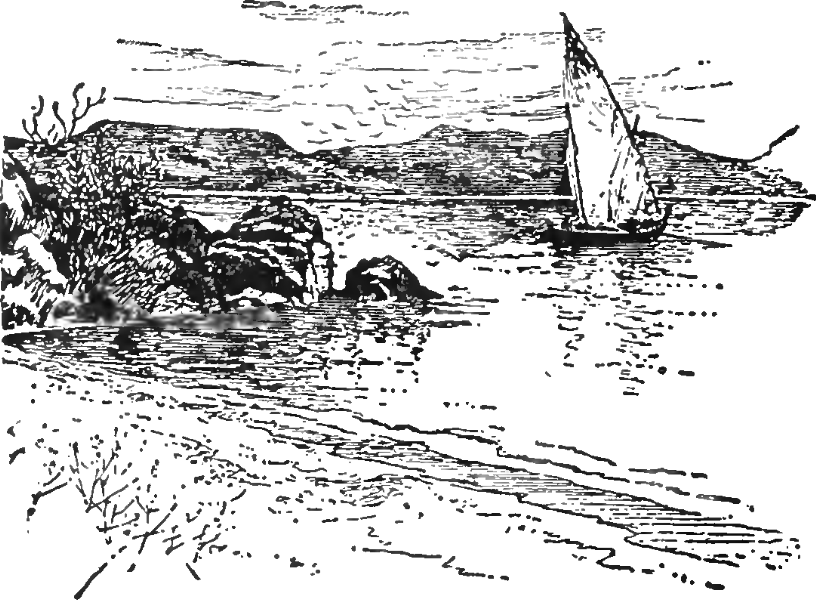<![CDATA[Excavations led by the University of Nebraska at Omaha (UNO), have discovered an incredibly rare coin at the site of the city of Bethsaida. The annual series of excavations led by Dr. Rami Arav take place at the site of Bethsaida, on the east bank of the Jordan River. Dr. Arav discovered the remains of the city and confirmed its identity in 1987. Since 1990, UNO has led representatives from an international consortium of institutions each summer to explore the artefacts and archaeology of the site. A recent excursion discovered a host of interesting items- an oil lamp from the Hellenistic period with an image of a bearded man, who could be Dionysus or Silenus from Greco-Roman mythology, and a Babylonian cylinder seal made out of black stone. However the coin is by far the rarest and most significant discovery. The coin is a Judea Capta design. These were minted by the Roman Emperor Domitan during his reign from 81 to 96 CE. The coins celebrate the conquest of Judea and the destruction of Jerusalem by Domitan’s father Vespasian, and brother Titus. Only forty eight other copies of the coin have been found, and their presence is incredibly rare in biblical cities. This example was discovered by Christie Cobb, a doctoral student from the Drew University. It is massively significant for the light it sheds on this fascinating site, firstly about the nature of the Roman forces located in the city, but also about the purpose of the large building that the archaeologists have been excavating. As Carl Savage P.H.D, an archaeologist explained: “The coin confirms other ceramic data about the date of the large Roman period building we have been excavating for the past several years,” “The coin also connects Bethsaida with the great importance that the Roman Empire placed on the quelling of the revolt in Judea and Galilee. Coupled with the other finds … it makes for interesting speculation about who may have occupied the building.” Bethsaida’s history is a fascinating one that has enormous importance for both students of ancient civilisation and biblical studies. Bethsaida was a fishing city, founded in the tenth century BCE, which served as the capital of Gesthur. Gesthur itself was ultimately destroyed by Roman conquest in 732 BCE. Bethsaida city was located near the Sea of Galilee. It is mentioned several times in the Bible. In the books of Mark and Luke it is described as the city where Jesus ‘fed the five thousand’ with just five fishes and two loaves of bread. Bethsaida is also referred to in Mark as the town where Jesus met and cured a blind man. ‘Bethsaida of Galilee’ is also referred to as the home of five of the twelve apostles, Philip, Andrew, Peter, James and John. Sometime in the fourth century CE the city was deserted. There is no definitive explanation as to why this happened, but the most likely assumption is a geological disaster of some kind. It is hoped that the continued archaeological exploration of this site can shed more light on the nature of the Roman presence in the city, the lives of the native inhabitants, and perhaps even what led the city to become lost for so many hundreds of years.]]>
Rare Coin Discovered in Ancient Biblical City
